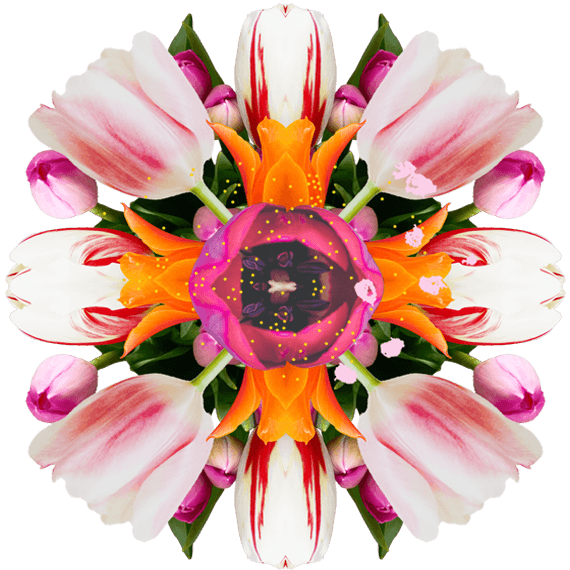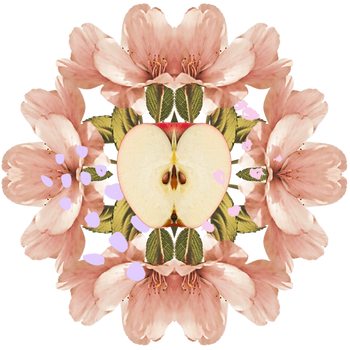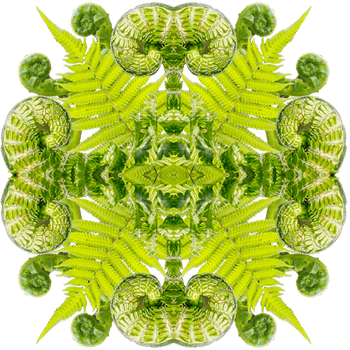Tulip

A plant of the economy. Originating in central Asia and Turkey, it was the introduction of the Tulip to Holland in the 17th century which subsequently caused the world’s first asset bubble. During this period of so-called ‘Tulip mania’, the plants became a luxury item: the price of bulbs soared until they peaked and subsequently came crashing down, leading to serious financial repercussions.
The story
Origins
In the few wild species of tulip that have evolved to be pollinated by beetles rather than relying on the wind or other flying insects, the flowers are scarlet. Otherwise, they offer sunshine-yellow splashes of colour on the semi-arid hills of central Asia, from where migrating tribes brought them to present-day Turkey in the Middle Ages.
Some tulip petals have patches of microscopic ridges whose structure creates an iridescent halo of blue and ultraviolet light to which bees are especially sensitive but which we perceive only as a subtle shimmer around the very darkest cultivated varieties.
across cultures
Tulips take their name from the Turkish and Persian words for ‘turban’, whose shape is reminiscent of the flower’s bud. Representing shared cultural identity, tulips signify feminine beauty, perfection and paradise in Turkish poetry, and the form with pointed petals appears as a common motif in art, architecture and Islamic tiling.
Tulip Mania
By the late-16th century, tulips had reached the Netherlands and plant breeders set about creating gaudy hybrids, some of them infected with plant viruses that caused elaborate streaking on the petals. In the context of wealthy Dutch merchants looking for investment opportunities and the ability to show off their wealth, the combination of rarity and public interest led to ‘tulip mania’. In the first ‘asset bubble’ of its kind, tulip bulbs changed hands for increasingly ridiculous sums until in 1637, after a three-year speculative frenzy of risk and greed now taught to every student of economics, the bubble burst.
Bearing Fruit
Tulip cultivation is still centred in the Netherlands, where intensive farming stamps the land with splendid blocks of colour but presents a dining opportunity for insects and fungi that is held in check only by epic application of agricultural chemicals.
Explore more
Want to delve deeper into the world of trees and plants?
Check out author Jon Drori's beautifully illustrated works, Around the World in 80 Trees and Around the World in 80 Plants - intertwining botany with history, culture and folklore. Both are available from all booksellers or via Jon’s website. Jon has very kindly offered a 25% discount with the voucher code 80JONDRORI.
Click below to listen to original music by Rakae Jamil, alongside spoken text by Jon Drori created in response to the Tulip, Iconic Plant and commissioned especially for PoliNations. Narration by Jade Samuels. To listen to the music by itself. click the link further up the page.
Illustration by Lucille Clerc.









